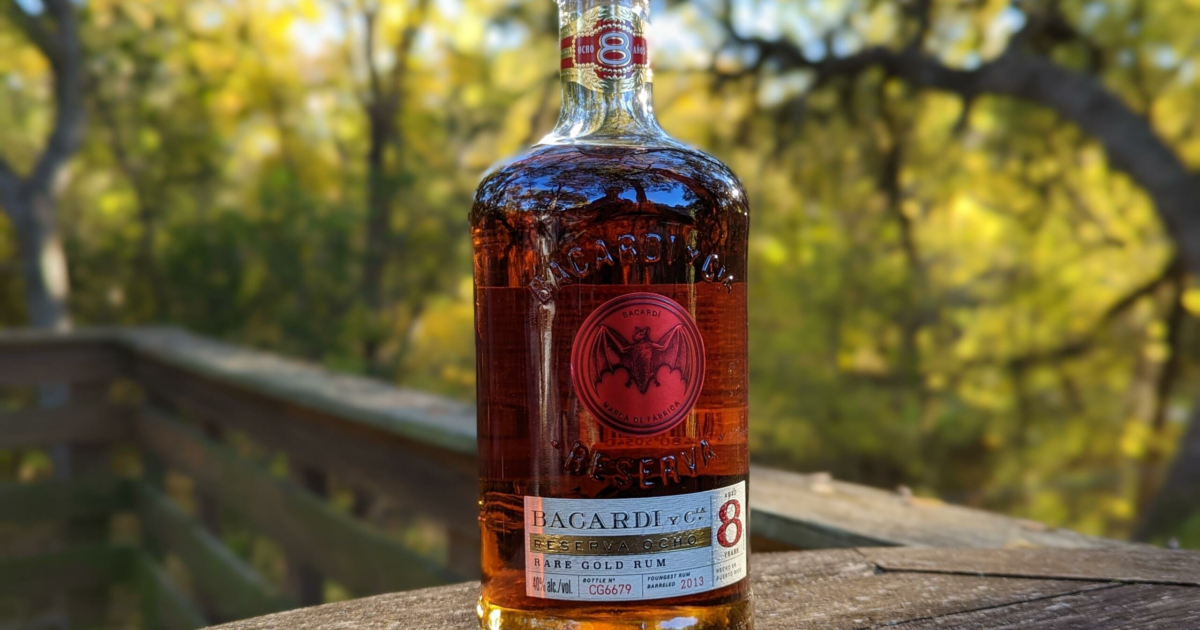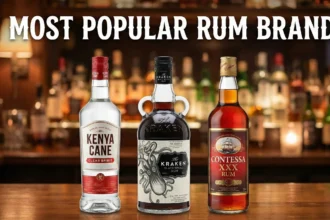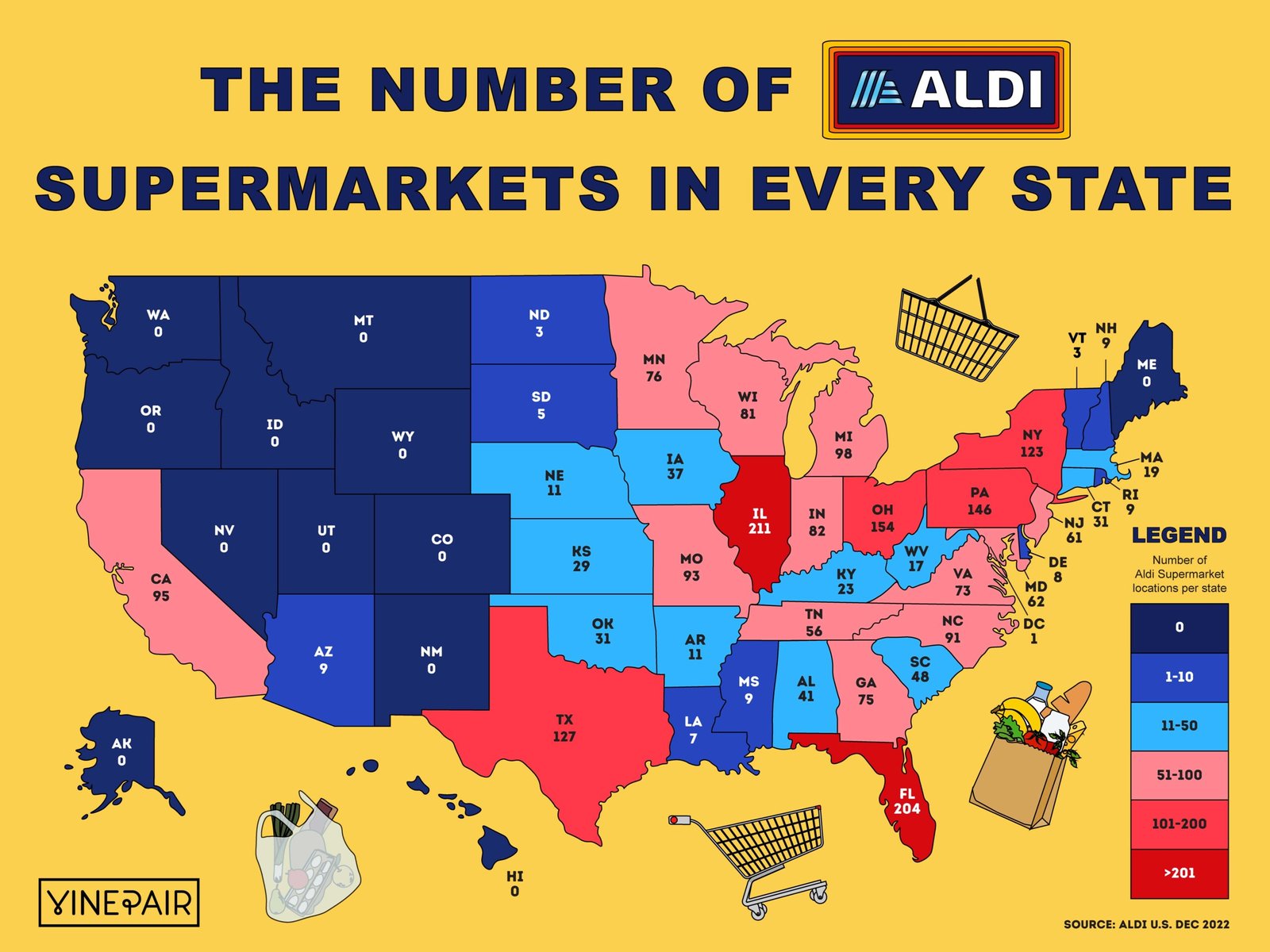Within the realm of mixed drinks, the Highballs stands out as a pleasing blend of alcohol and fizzy elements that transcends the typical pairings such as Gin and Tonic or Scotch and Soda. Have you ever pondered the etymology of this term and its linkage to beverages? Patrick Duffy, in his esteemed 1949 manual Handbook for Hosts, hails it as ‘the beverage’—truly a noteworthy endorsement!

Digging into the History of the Name
Uncovering the origins of the Highballs is akin to delving into a mystery. It all kicked off with the intrigue surrounding beverages circa 1655, when inventive English glassmakers crafted bottles strong enough to contain effervescent drinks, paving the way for London’s inaugural bottled sparkling wine. With advancements in carbonation technology, the elite in England began mixing sparkling water with their brandy, inadvertently creating a version of what we now recognize as the Brandy Highballs—though it wasn’t typically served over ice until it surged in popularity in the 1880s.
So, why is it called a ‘Highball‘? One explanation is quite simple: it is presented in a glass commonly known as ‘highball’. Another theory harkens back to the realm of 19th-century railroads, where signals for trains to proceed were indicated by a raised metal ball termed a highball. This narrative adds a whimsical flair to the drink’s historical background.

The Emergence of ‘Scotch and Soda’
Amidst the scarcity of cognac caused by the wars, there was a change in preferences among drinkers towards Scotch whisky. The appeal of Scotland, accentuated by Queen Victoria’s admiration for the country, resulted in the popularization of a beverage known as Scotch and Soda, acting as a forerunner to the Highballs cocktail.

The Original Highball
In 1895, CF Lawlor detailed a variation of the Highball, dubbed the ‘splificator’, in his publication The Mixicologist. This concoction comprised whiskey and effervescent water served over ice. By 1900, this mixture was also included in Harry Johnson’s Bartenders’ Manual. Contributing to its allure, Patrick Duffy asserted in 1927 that the initial Scotch Highball in America was concocted at Adams House in Boston.

The Highball’s Significance in Japanese Context
Japan holds a unique connection with the Highballs that demands recognition. During the 1960s and 1970s, it emerged as a symbol of prestige among corporate professionals. Subsequently, its popularity waned before experiencing a resurgence in the 2000s. In Japan, the art of preparing Highballs is held in high esteem—every aspect is crucial, from ensuring the glass is chilled properly to following specific stirring methods (whether it involves no stirring at all or precisely 13.5 counterclockwise rotations). The meticulous dedication invested in perfecting a Japanese-style Highballs mirrors its significance within their mixology landscape.

The development of the Highballs in Western society
In Western societies, it may be beneficial to incorporate some of Japan’s elegance in how we make our own variations of the Highballs. The art of preparing a Highball is found in its simplicity, involving careful attention to each element to produce a beverage that deeply satisfies the individual drinking it.

Recognizing the Timeless Classic Highballs
In essence, the Highball’s adaptability and evolving nature establish it as a perpetual choice in the realm of mixed drinks. It serves as a blank slate for creativity, uniting consumers and cocktail creators in a tradition that spans generations. Therefore, let’s toast to the Highballs for its rich history, versatility, and undeniable charm. Here’s to commemorating imbibing traditions with a contemporary flair! Cheers!

Conclusion
The history and evolution of the ‘Highball’ cocktail is intriguing, shedding light on its origins dating back to 1655. From its English beginnings with brandy and sparkling water to its resurgence in Japan as a symbol of sophistication, the Highball holds a significant place in cocktail culture. The drink’s versatility and timeless appeal, emphasizes its role as a canvas for mixologists and drinkers to come together in a shared ritual of enjoyment and craftsmanship.
Key takeaways
- Origin of the term “Highball”: The term “Highball” originates from the type of glass in which the drink is traditionally served, which is known as a ‘high’ glass. Another explanation ties it to the raised metal ball signal used in 19th-century railways, known as a ‘highball’.
- Historical evolution: The Highball cocktail has a rich history, with its origins traced back to the English upper class mixing sparkling water with brandy in the 19th century. It evolved over time, with variations like the Scotch and Soda gaining popularity during wartime.
- Cultural significance: The Highball has become a symbol of status and craftsmanship in Japanese cocktail culture, with meticulous attention given to details such as glass temperature and stirring techniques.

Frequently Asked Questions (FAQs)
What is the significance of the term “highball” in mixed drinks?
- The term “highball” is used to describe a category of mixed drinks that typically consist of a spirit base (such as whisky or vodka) combined with a larger proportion of a non-alcoholic mixer (such as soda or juice). This term is commonly used to differentiate these types of drinks from other cocktail categories.
Why are mixed drinks of this style called “highballs”?
- The origin of the term “highball” dates back to the late 19th century when it was commonly used in the railroad industry to refer to a train signal indicating a clear track ahead. This term was later adopted in the bar industry to describe a simple mixed drink served in a tall glass with a high ratio of mixer to spirit.
What are some popular examples of highball drinks?
- Some popular examples of highball drinks include the classic Whisky Highball (whisky and soda), Vodka Soda (vodka and soda water), Gin and Tonic (gin and tonic water), and Rum and Coke (rum and cola).
Are highball drinks considered to be light or low-alcohol content beverages?
- Highball drinks are generally considered to be lighter in alcohol content compared to other cocktails, due to the larger proportion of non-alcoholic mixer in the drink. However, the alcohol content can vary depending on the spirit used and the amount of alcohol added.
Can highball drinks be customized or modified to suit personal preferences?
- Yes, highball drinks are versatile and can be customized by adjusting the ratio of spirit to mixer, adding fresh fruit garnishes or herbs, or incorporating flavored syrups to create unique flavor profiles.
Are there any specific glassware or serving guidelines for highball drinks?
- Highball drinks are typically served in tall, narrow glasses called highball or collins glasses to accommodate the proportion of mixer and allow for the addition of ice. The glassware used can enhance the presentation and drinking experience of the highball drink.
Are there any cultural or regional variations in the preparation of highball drinks?
- Highball drinks have evolved over time, leading to variations in ingredients, serving styles, and presentation based on cultural preferences and regional influences. Experimenting with different ingredients and techniques can result in new and innovative highball creations.







